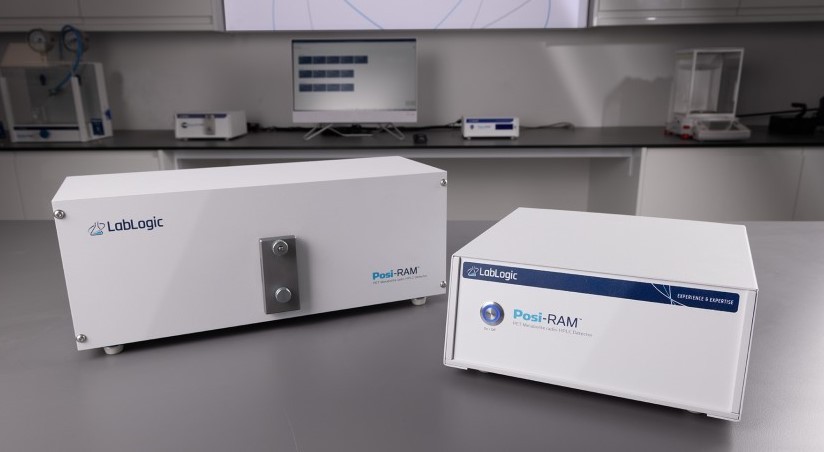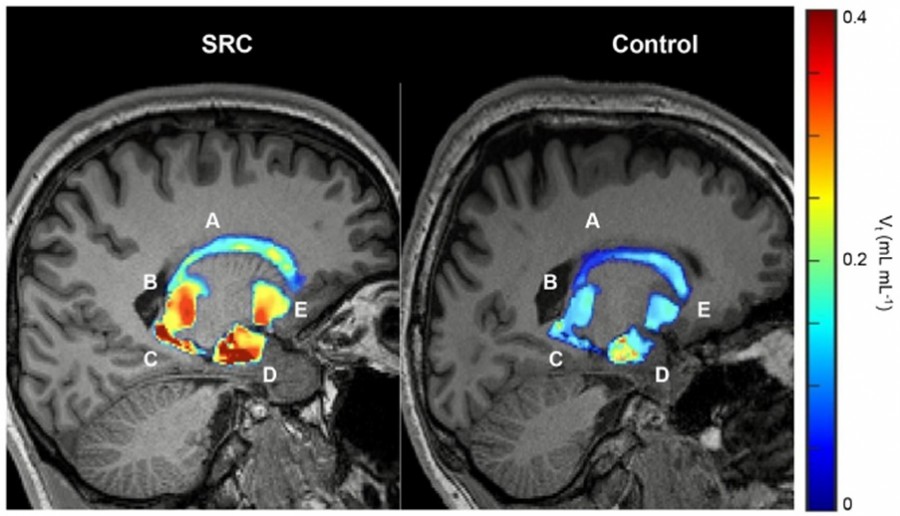Counting PET biomarkers to track microglial activation
15/08/2024

At a glance
> LabLogic’s Posi-RAM has been used in a collaborative study by St. Jude Children’s Research Hospital and the University of Virginia.
> The PET metabolite radio-HPLC detector was used to quantify [18F]DPA-714 binding in the brain of college athletes following a concussion, compared to healthy subjects.
> Because the Posi-RAM uses coincidence counting to accurately measure small amounts of injected radioactivity, it is an ideal instrument for human clinical trials.
Investigating sports-related concussions
LabLogic’s Posi-RAM PET metabolite radio-HPLC detector has been used in a collaborative study by Neumann et al. between St. Jude Children’s Research Hospital, Memphis TN and the University of Virginia, Charlottesville VA. The study investigated basal levels of translocator protein (TSPO), thought to increase during microglial activation as a consequence of sport-related concussions (SRC). Because of its high sensitivity and low background, the Posi-RAM was used to quantify [18F]DPA-714 binding in the brain of college athletes following a concussion, compared to healthy subjects.

Volumetric maps quantify persistent microglial activation in athletes diagnosed with SRC who have achieved return to play compared to control groups. (A) Caudate. (B) Thalamus. (C) Putamen. (D) Hippocampus. (E) Amygdala.
Synthesising PET biomarkers readily detectable through PET imaging
The study investigated central microglial activation beyond clinical recovery following a diagnosed sports concussion in active college athletes as compared to healthy college students using TSPO PET. The underlying mechanism of the “metabolic crisis” associated with SRC has been refined to include a neuroinflammatory response created by microglial cells. TPSO expression is significantly elevated during microglia activation and with a naturally low basal rate, it has generated interest as an imaging biomarker for microglial activation and thus SRC progression.
Pyrazolopyrimidines like [18F]DPA-714 exhibit a high affinity for the TSPO receptor. Upon administration, it binds to TSPO, serving as a biomarker readily detectable through PET imaging. To assess these effects, Neumann et al. sampled 1 ml whole blood from each participant at four time intervals and injected them separately into an HPLC column, with the remainder centrifuged to separate the plasma.
Coincidence counting for low-activity samples
Radioactivity counts were then measured using the Posi-RAM’s coincidence detector, which is sensitive enough to count small amounts of injected radioactivity, making it an ideal instrument for human clinical trials. Radioactive peaks were then integrated using LabLogic’s radiochromatography software Laura for PET – now known as Laura Radiopharma – to determine the percentage of parent compound and metabolite of [18F]DPA-714 in serum versus plasma at various intervals. The study confirmed that the calculated parent/metabolite ratios from each venous blood sample and extent of metabolism of [18F]DPA-714 did not significantly differ among group participants and were also in agreement with previously reported human data.
Find out more
You can learn more about the Posi-RAM by clicking the button below to speak to a product specialist directly.